Museum Lab opens, making this site the country’s largest cultural campus for kids
This story was first published on April 26.
Pittsburgh now boasts the largest cultural campus for kids in the nation.
The addition of Museum Lab to the Children’s Museum of Pittsburgh neighborhood, which also encompasses Buhl Community Park, brings an elegant building back to life as an ambitious adaptive re-use project. The renovation of the 129-year-old Carnegie Free Library of Allegheny aimed to respect the building’s history, adapt to inclusive design and contribute to Pittsburgh’s sustainable future.
The outcome is nothing short of magnificent.
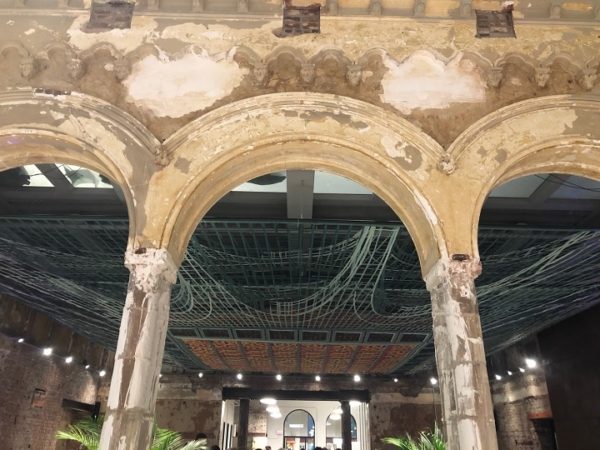
“There are surprises literally around every corner,” says Bill Schlagetter, director of marketing.
Museum Lab opened at the end of April, giving kids age 10 and up a more mature place to create, experiment and learn.
More than a space for grownups to admire or a spot where kids can play, Museum Lab shares the space with on-site partners who work with kids to enhance and diversify programming. The cornerstone is Manchester Academic Charter Middle School (MACS), whose sixth- to eighth-grade kids will relocate to Museum Lab for a very exciting 2019/20 school year.
Other Museum Lab partners include Allies for Children, University of Pittsburgh’s School of Education, Carnegie Mellon University’s Entertainment Technology Center and Master of Arts Management program, and SLB Productions. These partners will help test ideas, research new approaches to learning and work together to change education for the better.
But for day-to-day visitors, Museum Lab gives kids a chance to get their maker on with cutting-edge technology and handcrafted endeavors. Kids will explore three different lab environments to collaborate with makers who specialize in everything from art installations to furniture to apps.
The labs include:
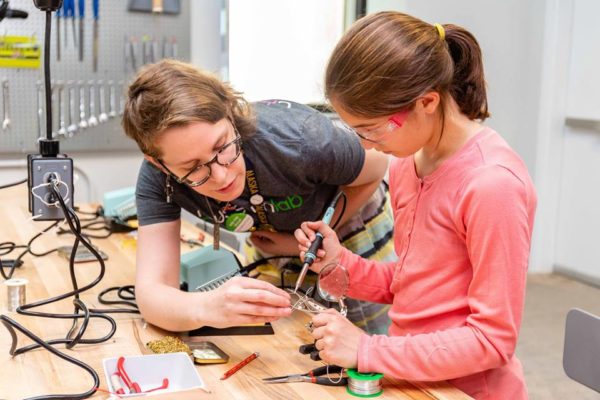
1. Make Lab
The Children’s Museum created its MAKESHOP in 2012 for little hands and imaginations. Expanding on that experience, Museum Lab’s new Make Lab enlarged things for older kids with bigger tools and materials. Kids can create physically or digitally under the guidance of a team of skilled makers and artists. Make Lab tools include: 3D printers, laser cutter, computer and game design systems. For woodworking, kids will use a scroll saw, table saw, lathe and computer-controlled routers. For fiber arts, sewing machines, an embroidery machine and a green screen studio add to projects.
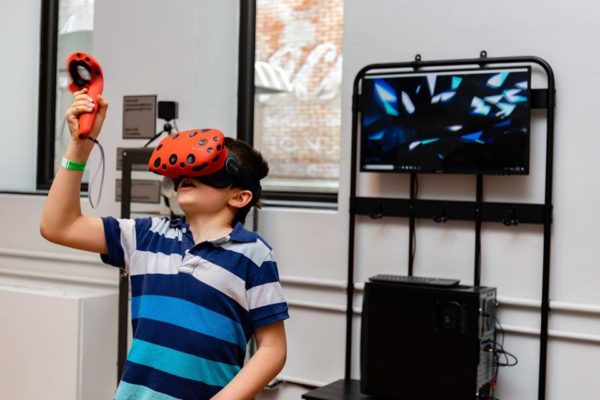
2. Tech Lab
This space, created in partnership with Carnegie Mellon University’s Entertainment Technology Center, provides kids with coding and virtual reality experiences. Kids can create an audio recording, learn about audio editing or take part in a live radio show with SLB Radio. Activities combine art and technology to explore storytelling, innovation and entertainment.
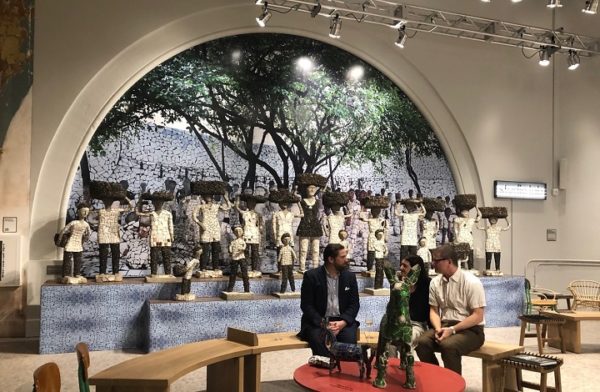
3. Studio Lab
This lab allows visitors to with work with artists-in-residence to create cutting-edge artwork. The first exhibit in Studio Lab is “Nek Chand: A Hidden World,” featuring a collection of more than 45 sculptures by artist Nek Chand. The artist creates large mosaic sculptures using found materials, such as rocks, broken crockery and colored stones. Kids in the lab can make mosaics of their own designs.
“The idea is to keep bringing artists in to work with kids in a meaningful way,” Schlagetter says.
Next month, artist Manca Ahlin will transform the old library’s steel bookshelves — known as the stacks — into a three-story installation made of knotted ropes, upon which kids can climb, slide and swing. Her “Gymlacium” opens June 8.
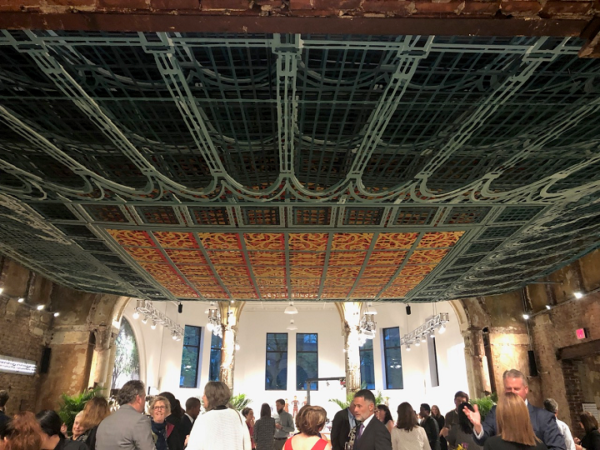
With more than 306,000 annual visitors, the Children’s Museum quickly outgrew its space over the past 15 years, much like older kids outgrew much of the programming. In January 2018, officials began revitalizing the historic Carnegie Library. The 46,000-square-foot structure operated continuously from 1890 to 2006, when it was struck by lightning and forced to close.
The $18 million restoration project – led almost exclusively by women – transformed the building into a LEED-, WELL- and Universal Design-certified space. The library was originally designed by Smithmeyer and Pelz, the architects who designed the Library of Congress. The update was undertaken by Koning Eizenberg Architecture, Perfido Weiskopf Wagstaff & Goettel, and Mascaro Construction.
The process yielded unexpected treasures. During construction, workers uncovered architectural wonders, such as an ornate terracotta windscreen archway and five oil paintings hidden behind the walls.
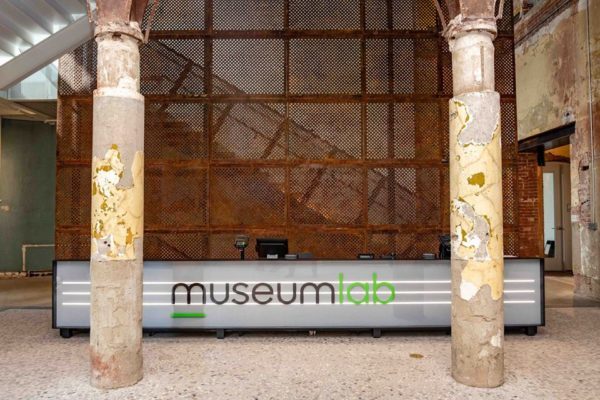
Museum Lab will operate from noon to 7 p.m. Mondays through Fridays and 10 a.m. to 5 p.m. Saturdays and Sundays. Summer hours (June 15-Sept. 1) are 10 a.m. to 5 p.m. Admission is $14 for youth and seniors and $16 for adults. Admission and membership include access to both Museum Lab and the Children’s Museum.